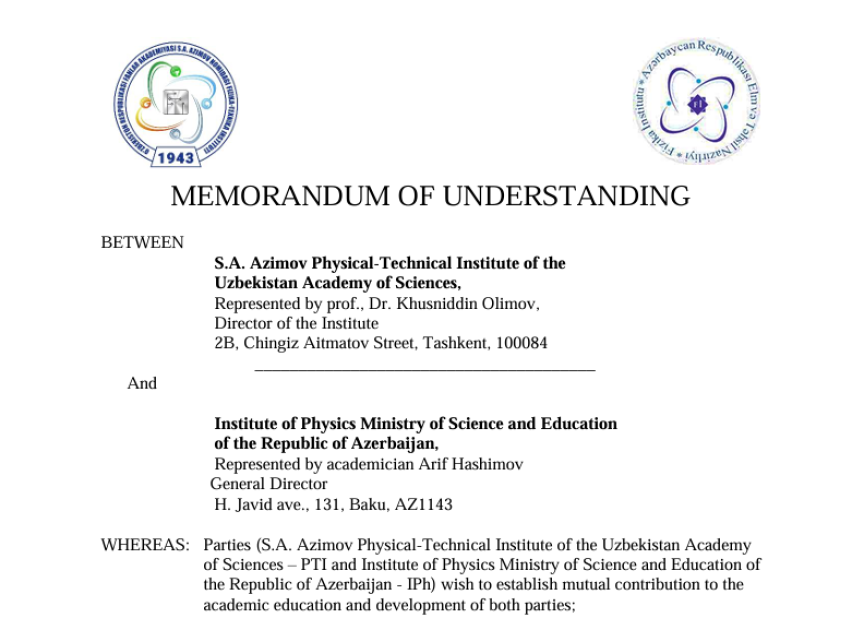Jerusalem Post
ByPESACH BENSON/TPS
Researchers at the Weizmann Institute of Science discovered a way to use pre-existing treatments to fight often terminal side effects of serious illnesses.
An Israeli-American study has uncovered a key mechanism behind cachexia, offering hope to the estimated nine million people suffering from the deadly syndrome that causes severe weight and muscle loss and contributes to roughly one-third of cancer deaths worldwide.
The condition is particularly common in advanced cancer, end-stage kidney disease, heart failure, and moderate chronic obstructive pulmonary disease (COPD). It contributes to around two million deaths annually.
Scientists from the Weizmann Institute of Science in Israel and the University of Texas MD Anderson Cancer Center in Houston identified a disruption in communication between the brain and liver as a critical factor in the development of cachexia. This communication is mediated by the vagus nerve, which transmits signals between the brain and liver. In cancer, systemic inflammation impairs the vagus nerve, disrupting liver function and triggering the progressive wasting seen in cachexia.
The study, led by Dr. Naama Darzi of Prof. Ayelet Erez’s laboratory at the Weizmann Institute and Dr. Alicia Garrett of Prof. Shilling Shen’s laboratory at MD Anderson, showed that targeted blockade of the right vagus nerve could prevent the onset of cachexia in animal models. Using both invasive and non-invasive approaches, the intervention preserved muscle and fat stores, improved appetite, enhanced response to anti-cancer treatments, and extended survival.
The vagus nerve is a critical communication highway between the brain and many vital organs, including the heart, lungs, liver, and digestive tract. It carries signals in both directions, allowing the brain to control organ function and the organs to report back on their status. This bidirectional signaling helps regulate essential systems such as heart rate, breathing, and digestion, while also modulating inflammation and metabolism.
Because of its wide reach and central role in coordinating body functions, problems with the vagus nerve can affect many aspects of health besides cachexia, including gastrointestinal disorders such as gastroparesis, irritable bowel syndrome, and acid reflux; cardiovascular issues like abnormal heart rate and low blood pressure; respiratory difficulties; chronic inflammatory and autoimmune conditions such as rheumatoid arthritis and inflammatory bowel disease; neurological and psychiatric disorders including depression, anxiety, epilepsy, and migraines; and metabolic or systemic conditions such as obesity and metabolic syndrome.
The technology is already pre-approved for clinical use
The study, recently published in the peer-reviewed journal Cell, represents a promising new avenue for therapeutic intervention in a condition that has long lacked effective treatments. Crucially, the methods tested relied on technologies already approved for clinical use, meaning they could potentially reach patients in a relatively short time, the scientists said. Clinical trials are now underway to determine whether vagus nerve modulation can safely and effectively mitigate cachexia in cancer patients.
With some cancers, including lung and pancreatic, experiencing cachexia rates as high as 85%, the potential impact of effective interventions could be substantial.
Currently, treatment for cachexia focuses on symptom management through nutrition, medication, exercise, and treatment of the underlying disease.
The study offers several practical applications for cancer care and other chronic illnesses. By targeting the vagus nerve to restore communication between the brain and liver, treatments could prevent or slow cachexia, preserving muscle mass and body weight. This may improve appetite, enhance responses to cancer therapies, and extend survival and quality of life. Because the interventions use technologies already approved for human use, they could reach patients relatively quickly.
Beyond cancer, the findings may inform therapies for other conditions involving systemic inflammation and organ dysfunction, such as heart failure, COPD, and kidney disease.
















